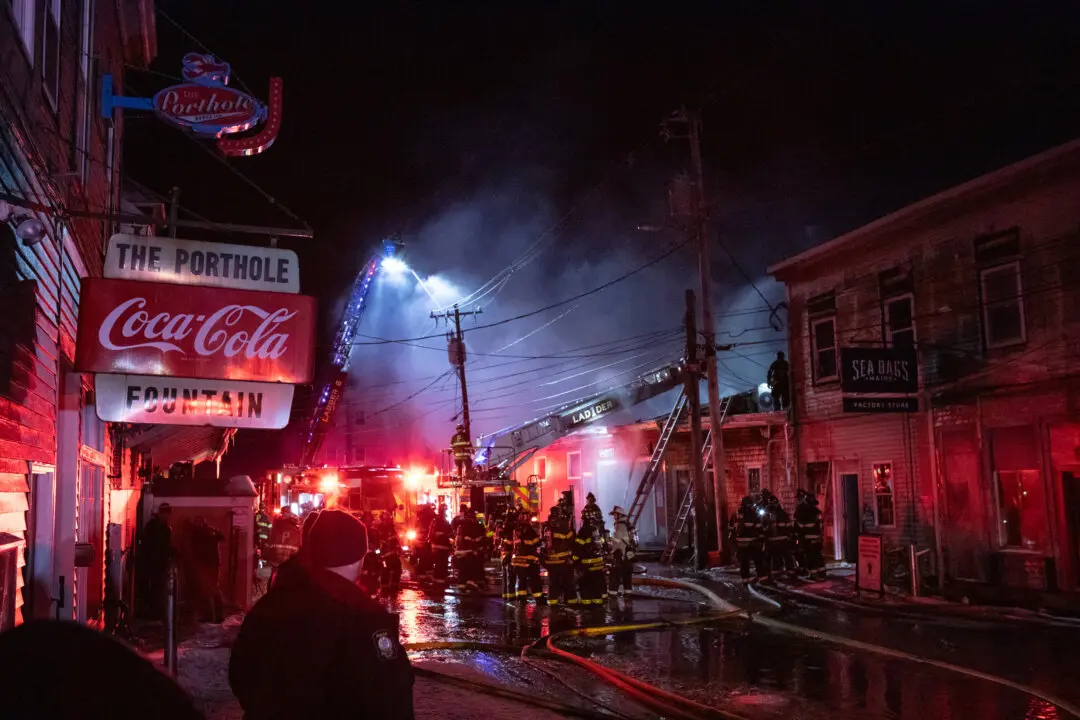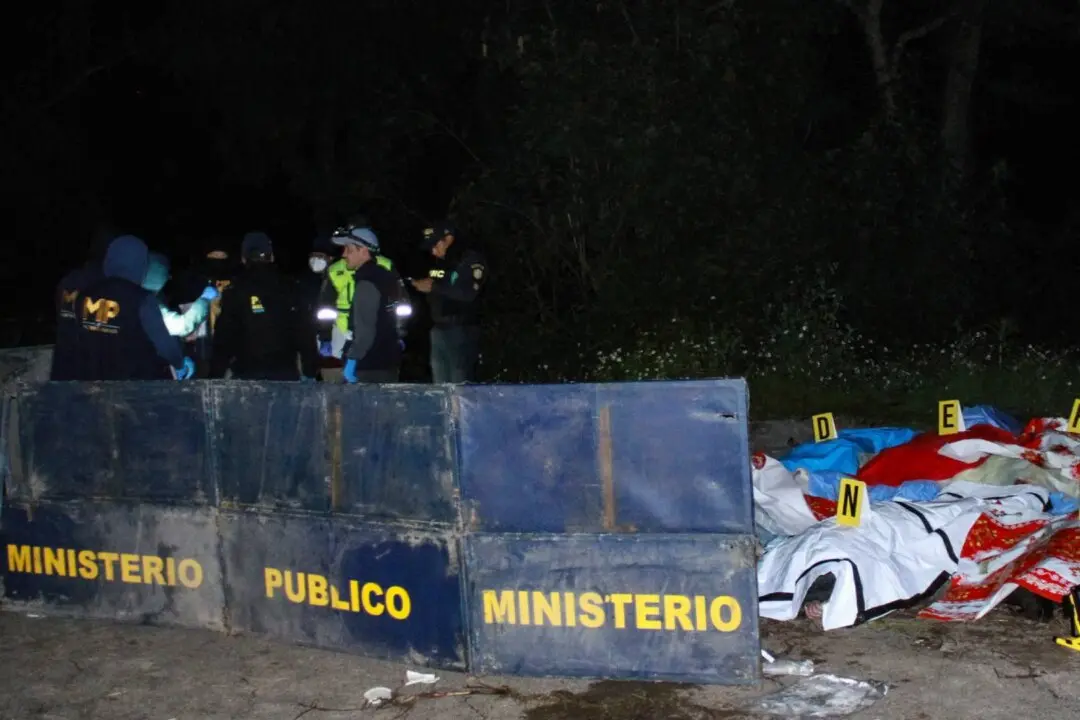CHARLOTTE, N.C.—To much of the world, Charlotte is the Queen City—a gleaming downtown, state-of-the-art stadiums, sparkling new mass transit, the nation’s banking capital.
But a very different Charlotte came into the spotlight in the past few days.
Move outside the city’s core and there are neighborhoods such as the one where a black police officer shot and killed a black man, Keith Scott, setting off violent protests. Places where residents tire of seeing police only when teams of officers sweep in to make arrests, and remember well other blacks killed by police officers who did not face punishment.
Their anger at Scott’s death made its way downtown. Rioting in Charlotte’s center killed one protester, shattered windows and rattled finance executives whose salaries boost the city’s median income to $10,000 above the national average. They told their workers in the skyscrapers to stay home.
To the protesters, home is a world away from those skyscrapers.
“For the people we serve, the Queen City is only the Queen City if you get on the train and ride into the glimmering, crystal core,” said the Rev. Peter Wherry of Mayfield Memorial Missionary Baptist Church, about 5 miles from downtown.
Nearly all of Charlotte lies in Mecklenburg County, which the U.S. Census Bureau estimated had the largest increase in the country in the percentage of people living in distressed neighborhoods during the first 15 years of this century—an index that combines unemployment, poverty rates and other items, like how many businesses close.
Those pockets of poverty aren’t immediately evident. Charlotte doesn’t have many stereotypical slums. Instead, lower-rent housing is in apartment complexes or condominiums nestled behind tree-lined roads or off the main thoroughfares.
That’s the kind of place where Scott lived. Tracy McLean lived in the condominium complex just down the road; she said teams of police frequently come to the neighborhoods full of black and Latino families in a show of force, looking for suspects they often don’t find, instead of talking to residents and getting to know them.
“The fear needs to be dispelled,” Tracy McLean said. “It’s fear, and it’s ridiculous fear.”





